A year ago, Chronic Wasting Disease (CWD) showed up in several mule deer and white-tailed deer by Montana’s borders with Wyoming and Canada. Anxiety across the state was palpable. One of those locations was a mere 10 miles from my house; I admit I was seriously worried.
CWD is highly contagious among cervids: deer, elk, moose, reindeer, caribou. There’s no known cure, and it’s always fatal. The Centers for Disease Control (CDC) warns us to avoid exposure to it, as no one knows whether humans can contract it or not. Unfortunately, once CWD comes to an area, it’s impossible to get rid of it.
Montana is one of 26 states to report CWD. The disease was first detected in Colorado in the 1960s. At first it spread via captive cervids, but then it infected wild populations as well. The presence of CWD has spawned a lot of interest among conservationists and hunters, and it’s also generated plenty of misinformation and conspiracy theories. Here’s a primer on the disease and what it means for you.
What is CWD?
Most scientists believe CWD is a transmittable spongiform encephalopathy (TSE), an abnormally folded protein, also called a prion. It’s similar to what causes bovine spongiform encephalopathy (mad cow disease) in cattle and scrapie in sheep. As the disease progresses, CWD prions become more and more concentrated in the brain, spinal column and the rest of the central nervous system but are also present throughout the body of an infected animal.
The sick animal also sheds prions into the environment primarily through its saliva, urine and feces. Those prions exist for years on plants and in the soil, where other animals pick them up. For this reason, CWD spreads quickly among captive deer which are in pens.
In the wild, the disease tends to move more slowly across the landscape because wild deer congregate in smaller numbers and have localized ranges unless food shortages, predator pressure or severe weather forces them to travel.
At first, it’s difficult to find CWD in wild herds even when it’s present.
Once a cervid contracts the disease, it is undetectable to the naked eye for almost two years, until the animal is within only a few months of death.
At that point, the symptoms become obvious, including droopy ears and a malnourished appearance. As abnormal prions increase in the brain and nervous system, the animal functions less normally in every way, including how it eats, causing it to literally waste away.
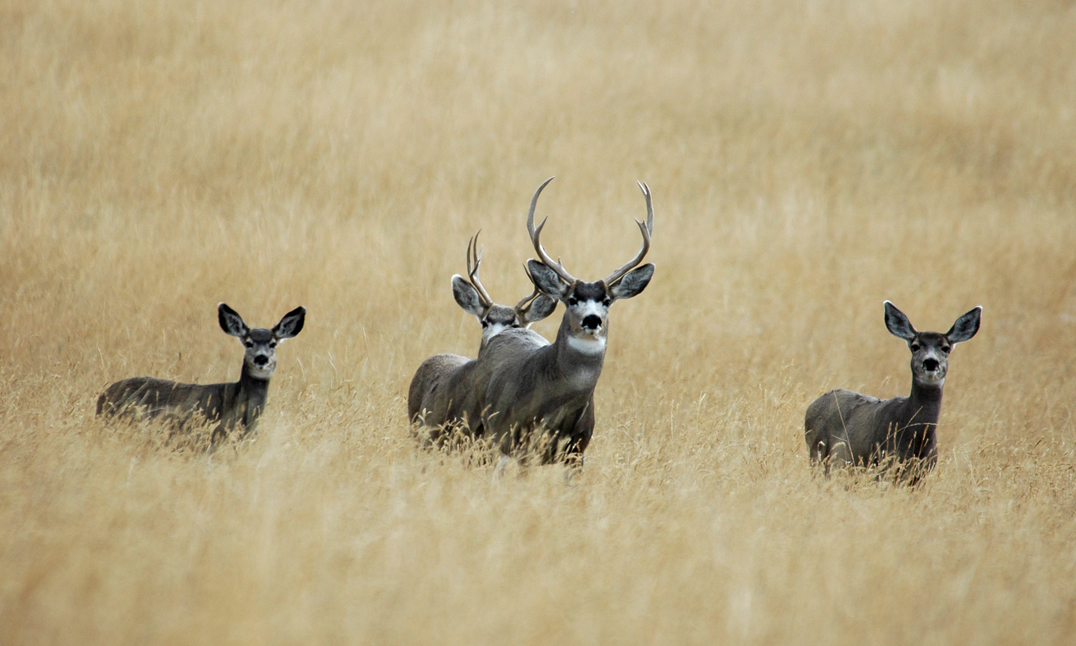
Can CWD be contained?
The short answer is no, but the spread of it can be slowed. For many years, when CWD was discovered in a domestic or wild herd, the accepted protocol was to kill all of the deer in close proximity and then quarantine the area. However, that doesn’t work with wild herds.
“Total eradication is hard to accomplish with wildlife because you might not find all of them, and you can’t determine exactly where all of the prions have been shed,” says Emily Almberg, Disease Ecologist at Montana, Fish, Wildlife & Parks. “A more practical approach is containment.”
Containment starts with determining the geographic area where CWD is present and what percent of the deer population has it. Once that’s known, the rate of spread be slowed mainly by reducing buck to doe ratios (bucks congregate more during the rut and disperse more from their place of birth), discouraging artificial aggregations of deer around agricultural and other human-based food sources, and implementing transportation restrictions of both live cervids and carcasses.
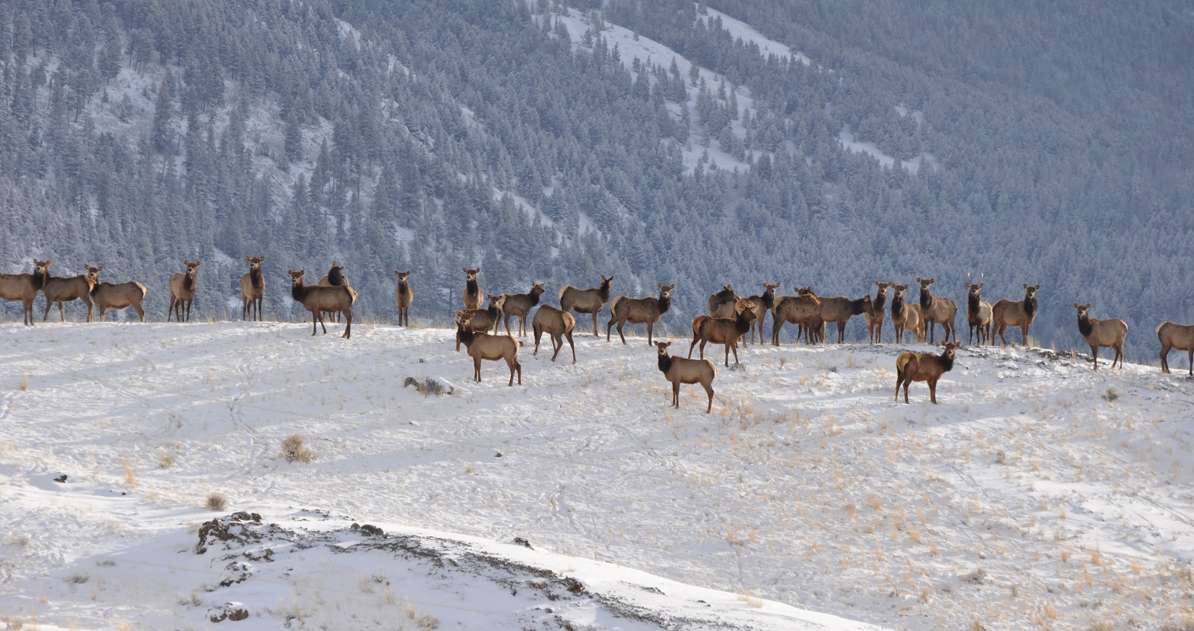
Can deer develop a natural resistance?
Interestingly, about 5 percent of the deer population has shown some resistance to CWD, but it’s not a full resistance. It just takes them five years instead of two to die, which means they are infecting greater numbers of deer.
Bryan Richards, Emerging Disease Coordinator for the USGS National Wildlife Health Center and one of the nation’s leading CWD scientists, isn’t counting on CWD-resistance to save the species. He advocates for deer herds that are at an appropriate size for their habitat as a way to control the spread of CWD and warns the public to be careful about their information sources about the disease.
“Detractors, who do not think CWD is a concern, point out that less than one percent of the deer and elk population in the U.S. have CWD, but that’s not a relevant statistic,” says Richards, “In Iowa County, Wisconsin, adult male deer in a 12 by 12-mile area have a CWD prevalence of 50 percent. Now that’s meaningful!”
Richards emphasizes that the total number of deer in a particular habitat is also an important consideration. For example, if there are 100 deer in an area and 50 percent of them have CWD, that’s 50 cases of the disease. However, if there are 1,000 deer in that same area and 50 percent of them have CWD, that’s 500 cases and each of those animals is shedding prions onto the landscape.
“We’re challenged with CWD,” confides Richards, “We can manage habitat or numbers through harvest. We’re a long way from a viable vaccine, and we don’t have the tools to mitigate the prions in the environment.”

Should you eat venison infected with CWD?
The CDC and the World Health Organization both say “no”, yet there are no known cases so far in humans. However, a similar prion disease, mad cow disease, has jumped the species barrier in the form of Creutzfeldt-Jakob’s Disease, raising concerns that CWD could, too.
In a long-term study in Canada, scientists exposed macaques (monkeys) to CWD by feeding them infected venison. Two of the macaques did develop a prion disease. However, those scientists have yet to publish a peer-reviewed paper on their findings, and no one has been able to duplicate their results.
Brent Race, staff scientist at the Laboratory of Persistent Viral Diseases at the National Institute of Allergy and Infectious Diseases (NIAID), is among those who have tried. “We injected macaques with extremely high levels of CWD-infected deer and elk brains without any evidence of CWD,” says Race, who cautions that it only takes one mismatch in an amino acid sequence to create a species barrier. Macaques have nine substitutions compared to humans, so they’re not a perfect simulation.
Three days before writing this, Race forwarded the findings of his latest experiment just published in the January 2019 issue of Veterinary Research. Race and his colleagues injected large amounts of CWD prions into 108 transgenic mice, which were genetically altered to match humans. In this case, no mice contracted CWD outright, but four of them had low levels of the agent causing CWD. Were the mice infected with CWD, or were they false positives due to residual from the inoculations that their systems hadn’t dispelled yet? Race doesn’t know.
“The model itself is really aggressive,” wrote Race to me in an email after we spoke on the phone. “Intracerebral inoculation is about as direct as you can get, and the levels of prion protein [we injected] in the mice were much higher than ‘normal’ levels… Negative results from this study therefore suggest a strong [species] barrier. Positive transmission should be interpreted with caution, and we believe there may be other explanations. We are currently doing more follow up experiments to become more confident on how to interpret the four indeterminate mice.”
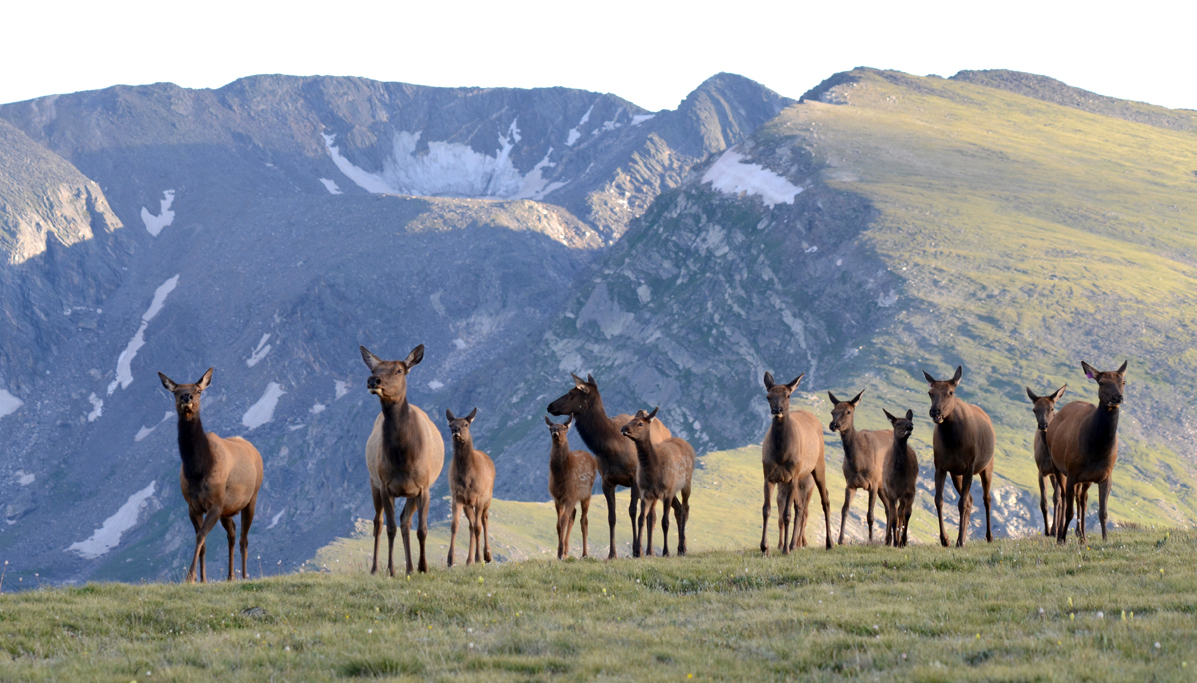
Prion versus bacteria?
Then there’s Frank Bastion’s theory that CWD is not caused by prions, but by a bacterium. Bastion, a medical doctor and biologist at Louisiana State University who specializes in TSE diseases, claims CWD is caused by a very small Spiroplasma bacterium that doesn’t have a cell wall. He believes the misfolded proteins are the result of CWD, not the cause of it. He says the lack of cell wall is the reason antibiotics, which target cell walls, don’t work.
In 2007, Bastion isolated Spiroplasma from scrapie and CWD, cultured them and then injected them into healthy sheep and deer. Bastian claims the sheep and deer developed scrapie and CWD, respectively. However, like the macaque experiment in Canada, other researchers have not been able to duplicate Bastion’s results.
“We can get robust prion infection without Spiroplasma,” says Race, who doesn’t completely discount Bastion’s theory, but he’s not hanging his professional career on it either without conclusive evidence from other sources.
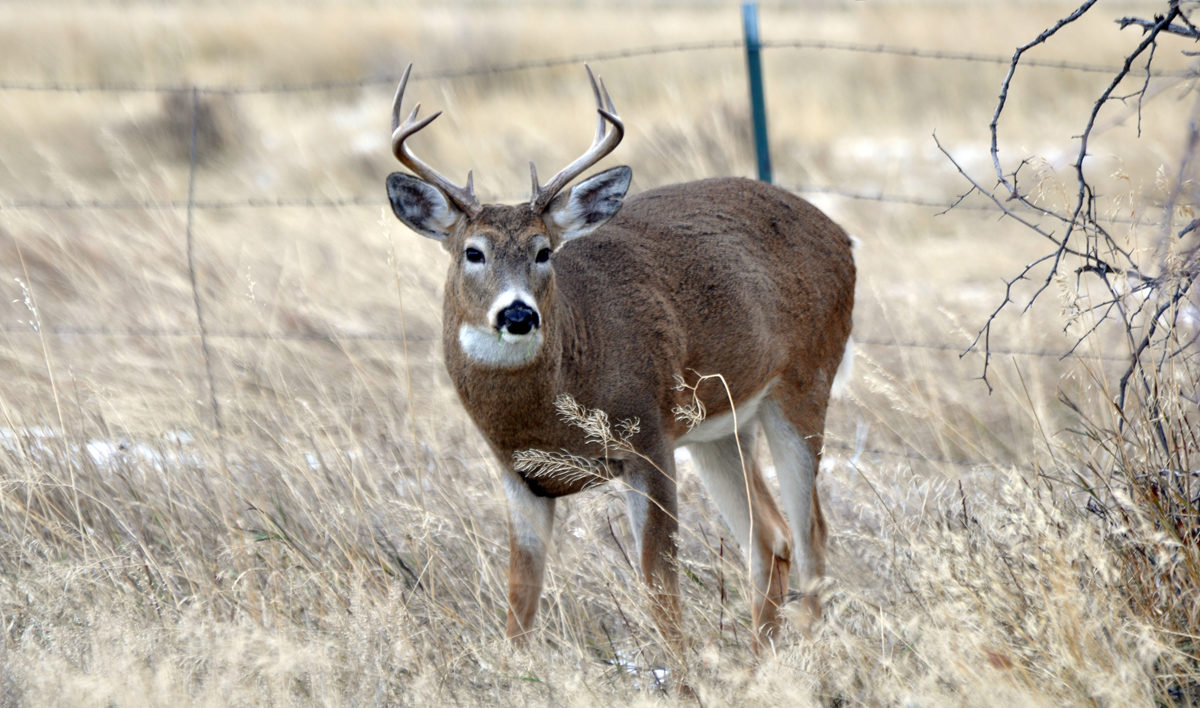
Will CWD wipe out deer and elk?
No one can project the long-term impact of the disease. Conservation agencies are in it for the long haul even though funding for surveillance and research has dwindled. Another challenge is keeping the general public engaged over time. CWD is hard for people to grasp. It’s been in the United States for five decades, and we’ve still got lots of wild deer and elk, in some places too many, so it’s easy to turn a blind eye. What’s more, people haven’t contracted it. However, in states like Colorado, where CWD has existed for several decades and where prevalences are 40% or higher, cervid populations have declined precipitously.
“CWD will continue to affect a treasured natural resource and might become a human health issue,” says Richards, “We’re not sure we can get ahead of it, but there’s also vast areas of the U.S. where no evidence of CWD exists. It’s up to us to do all we can to keep it that way.”
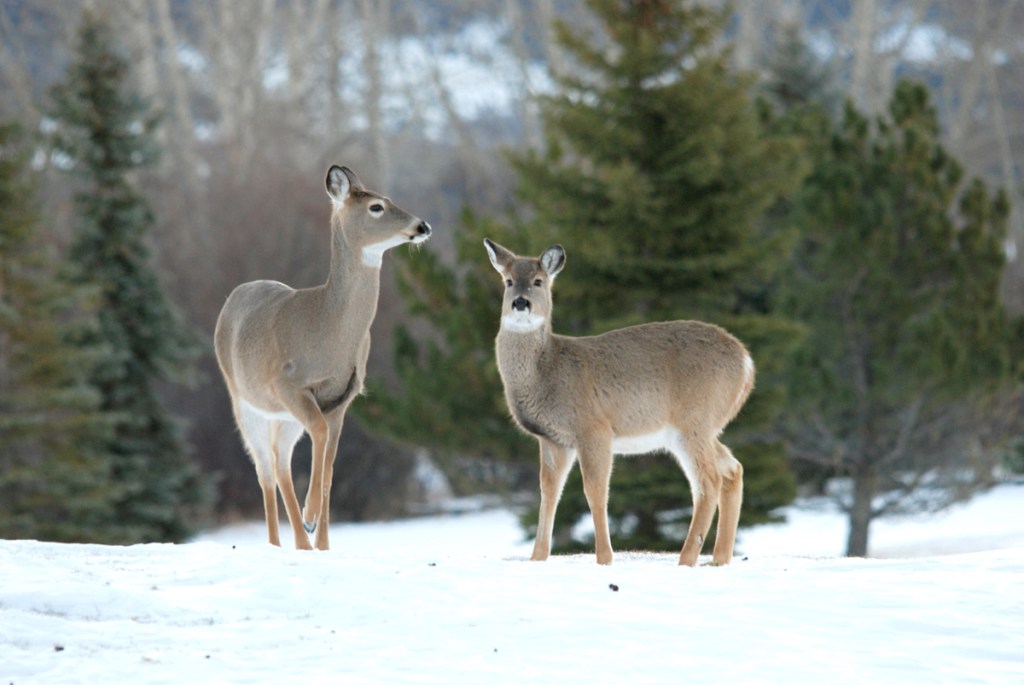



No one can project the long-term impact of the disease. Conservation agencies are in it for the long haul even though funding for surveillance and research has dwindled. Another challenge is keeping the general public engaged over time. CWD is hard for people to grasp. It’s been in the United States for five decades, and we’ve still got lots of wild deer and elk, in some places too many, so it’s easy to turn a blind eye. What’s more, people haven’t contracted it. However, in states like Colorado, where CWD has existed for several decades and where prevalences are 40% or higher, cervid populations have declined precipitously.
SATURDAY, JANUARY 25, 2020
Chronic Wasting Disease TSE Prion Update
https://chronic-wasting-disease.blogspot.com/2020/01/tennessee-2019-20-deer-season-462-cwd.html
This is definitely a concern . There are many people in the country that hunt for both sport and meat . Many rely on the meat the animals provide their meat for the year . My immediate family and branches of my family rely on white tail venison and some years mule deer and elk . Always thought of to be a healthier alternative to beef . Well , maybe not . A blow to many families .
God has a plan and is in control of all . We need to treat him and respect him as we know this .
My two cents !!!!!
Apparently there is promising info that prions can be de-activated by HOCl (Hypochlorous acid)
https://www.niaid.nih.gov/news-events/immune-system-oxidant-could-be-key-inactivating-prions
https://journals.plos.org/plospathogens/article?id=10.1371/journal.ppat.1005914
These studies were out > 3 years ago….
Why is this NOT beibng touted as a way to de-activate prions and get rid of them on surfaces etc to help control the spread? Seems like a great alternative to bleach or super high temps.
All they say is high temperatures or use bleach which are highly destructive.
THE tse prion aka mad cow type disease is not your normal pathogen.
The TSE prion disease survives ashing to 600 degrees celsius, that’s around 1112 degrees farenheit.
you cannot cook the TSE prion disease out of meat.
you can take the ash and mix it with saline and inject that ash into a mouse, and the mouse will go down with TSE.
Prion Infected Meat-and-Bone Meal Is Still Infectious after Biodiesel Production as well.
the TSE prion agent also survives Simulated Wastewater Treatment Processes.
IN fact, you should also know that the TSE Prion agent will survive in the environment for years, if not decades.
you can bury it and it will not go away.
The TSE agent is capable of infected your water table i.e. Detection of protease-resistant cervid prion protein in water from a CWD-endemic area.
it’s not your ordinary pathogen you can just cook it out and be done with.
***> that’s what’s so worrisome about Iatrogenic mode of transmission, a simple autoclave will not kill this TSE prion agent.
1: J Neurol Neurosurg Psychiatry 1994 Jun;57(6):757-8
***> Transmission of Creutzfeldt-Jakob disease to a chimpanzee by electrodes contaminated during neurosurgery.
Gibbs CJ Jr, Asher DM, Kobrine A, Amyx HL, Sulima MP, Gajdusek DC.
Laboratory of Central Nervous System Studies, National Institute of
Neurological Disorders and Stroke, National Institutes of Health,
Bethesda, MD 20892.
Stereotactic multicontact electrodes used to probe the cerebral cortex of a middle aged woman with progressive dementia were previously implicated in the accidental transmission of Creutzfeldt-Jakob disease (CJD) to two younger patients. The diagnoses of CJD have been confirmed for all three cases. More than two years after their last use in humans, after three cleanings and repeated sterilisation in ethanol and formaldehyde vapour, the electrodes were implanted in the cortex of a chimpanzee. Eighteen months later the animal became ill with CJD. This finding serves to re-emphasise the potential danger posed by reuse of instruments contaminated with the agents of spongiform encephalopathies, even after scrupulous attempts to clean them.
PMID: 8006664 [PubMed – indexed for MEDLINE]
https://www.ncbi.nlm.nih.gov/pubmed/8006664?dopt=Abstract
2018 – 2019
***> This is very likely to have parallels with control efforts for CWD in cervids.
Rapid recontamination of a farm building occurs after attempted prion removal
http://dx.doi.org/10.1136/vr.105054
Snip…see updated science on cwd tse prion here;
SATURDAY, SEPTEMBER 28, 2019
Texas CWD TSE Prion aka Mad Deer Disease Detected Free Range Mule Deer El Paso 145 Positive To Date
https://chronic-wasting-disease.blogspot.com/2019/09/texas-cwd-tse-prion-aka-mad-deer.html
Kind regards, terry